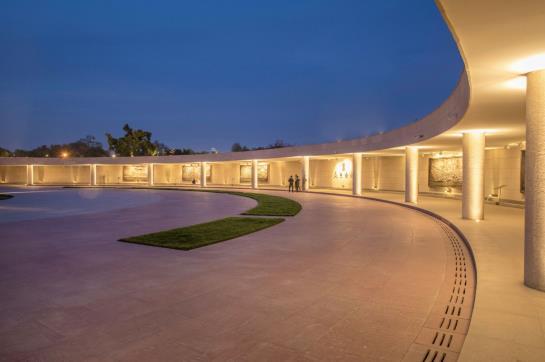
1 minute read
Figure 4-3 Conceptual Approach
from "SET IN STONE"
4.1.2 THE DESIGN (INTEGRATION OF MEMORY AND TRAUMA TO FORM ARCHITECTURE)
The design of this Memorial emerges from a context of legacy – the legacy of 25,000 Jawans (soldiers) who lost their lives in various wars and operations such as ‘the IndoPak wars of 1947, 1965, and 1971; the Indo-China war of 1962; the Kargil war of 1999, besides the peace keeping operations in Sri Lanka, counter insurgency operations, and internal conflicts within the country’. Culminating the Raj Path of the Lutyens Delhi, behind the India gate, this semi-subterranean intervention, spreads over 42 acres in the Chexagon, retaining the identity as “people’s place” and embracing the memory of love, affection and pain.
Advertisement
Figure 4-3 Conceptual Approach

Entitled ‘P u n a r j a n m [ पुनर्जन्म ]’ (rebirth), this is a non-building that articulates the legacy and the context, neither partial to one or the other, but bridging both. A quote of Captain Vikram Batra, laid the conceptual foundation of rebirth for the design. “Either I will come back after hoisting the Tricolour, or I will come back wrapped in it, but I will be back for sure.”










